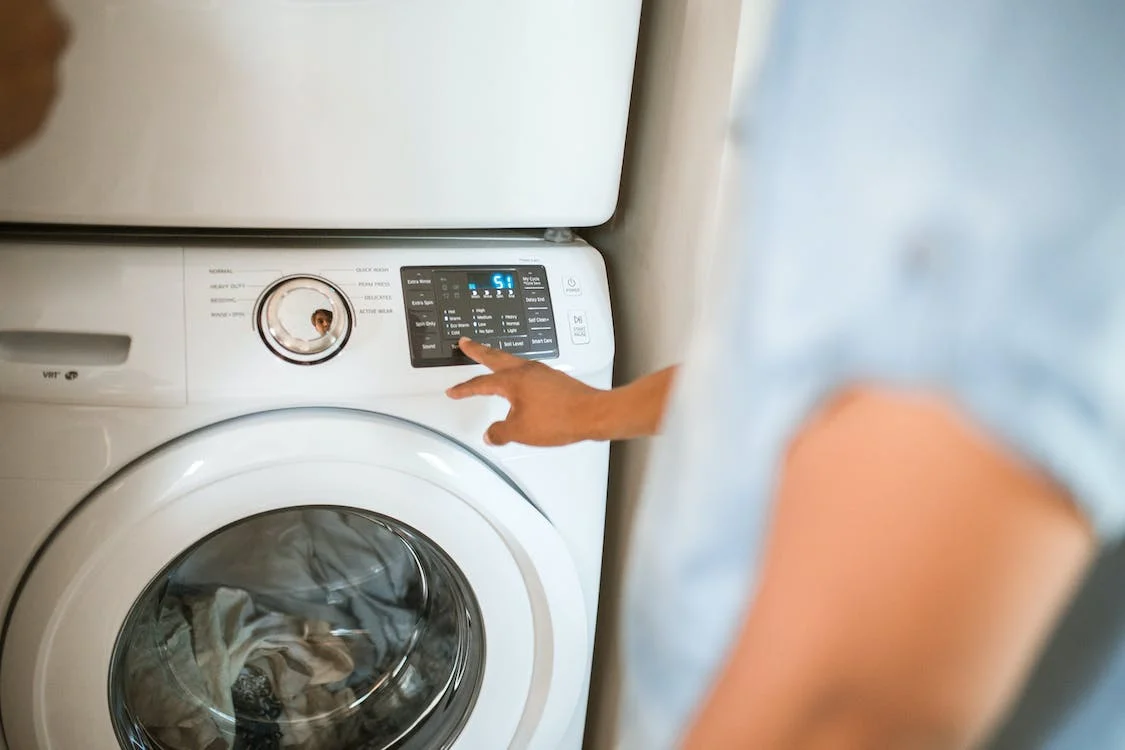Laundry is essential to our daily lives; crucial in maintaining cleanliness and hygiene. From washing our clothes to bedding and towels, it is a routine task we often take for granted. However, it is vital to recognize that our laundry practices can have far-reaching environmental consequences, particularly for wildlife and ecosystems.
Our laundry practices have become deeply ingrained in our modern lifestyle, allowing us to keep our clothes fresh, clean, and presentable. Whether removing stains, and odors, or simply refreshing our garments, the convenience and benefits of doing laundry cannot be overstated. However, amid the convenience, it is crucial to pause and reflect on the broader ecological implications of our laundry habits.
The environmental impact of laundry practices extends beyond our homes and profoundly affects wildlife and ecosystems. From the moment we select our detergents and fabric softeners to the disposal of wastewater, each step of the laundry process can have significant consequences for the natural world.
Therefore, we must shift our perspective and recognize that our laundry practices are not isolated actions. Instead, they are interconnected with larger ecological systems, and our choices can contribute to environmental degradation or support sustainability.
So how can individuals, manufacturers, and policymakers work together to protect our environment and safeguard wildlife from the detrimental effects of laundry practices?
Understand Microplastic Solution
Microplastics are small plastic particles that are less than 5 millimeters in size. They can be categorized into two types: primary microplastics, intentionally produced for various purposes like microbeads in personal care products, and secondary microplastics, which result from the degradation of larger plastic items. These tiny particles pose a significant threat to wildlife and ecosystems due to their widespread distribution and environmental persistence.
One major contributor to microplastic pollution is the shedding of synthetic clothing fibers, such as polyester and nylon, during laundry. When we wash our synthetic garments, small fibers break free and enter the wastewater. These fibers are too tiny to be effectively captured by wastewater treatment systems, and as a result, they end up in rivers, lakes, and oceans.
Once released into the wastewater, microplastics can enter aquatic ecosystems through several pathways. Wastewater treatment plants may not be equipped to effectively filter out microplastics, allowing them to be discharged into nearby water bodies. Additionally, stormwater runoff can transport microplastics from urban areas into rivers and eventually to the ocean. This will enable microplastics to be distributed widely, impacting marine and freshwater environments.
Chemical Pollution in Laundry Practices
Laundry detergents often contain chemical ingredients that help remove stains, odors, and dirt from our clothes. These ingredients include surfactants, enzymes, fragrances, brighteners, and preservatives. While these chemicals are designed to enhance the cleaning performance of detergents, they can have unintended consequences when they enter aquatic environments.
When laundry wastewater containing detergent chemicals are released into water bodies, it can harm aquatic organisms and their habitats. Surfactants, for example, can reduce the surface tension of water, making it difficult for aquatic organisms to breathe or obtain oxygen from the atmosphere. They can also disrupt the natural protective mucus layer on fish and other aquatic organisms, leaving them more vulnerable to diseases and infections.
Water Consumption and Habitat Loss
Laundry practices consume significant amounts of water, often more than we realize. From washing machines to handwashing, the cumulative water usage can be substantial, especially in households with large families or commercial laundry facilities. Understanding the scale of water consumption associated with laundry practices is crucial to comprehend its environmental impact.
Possible Solutions to Help Wildlife
To mitigate the negative impacts of laundry practices on wildlife and ecosystems, exploring and adopting eco-friendly alternatives is essential. These alternatives focus on reducing harmful chemicals, minimizing water consumption, and promoting sustainable practices throughout the laundry process.
Biodegradable detergents and natural fabric softeners are excellent alternatives to traditional laundry products. Biodegradable detergents are formulated with ingredients that break down more quickly in the environment, reducing their persistence and potential harm to wildlife. Natural fabric softeners utilize plant-based ingredients, such as vinegar or essential oils, instead of synthetic chemicals, offering a more environmentally friendly option.
Consumer awareness and responsible purchasing decisions are crucial in reducing the environmental impact of laundry practices. Educating ourselves about the potential ecological consequences of different laundry products allows us to make informed choices that prioritize sustainability. Supporting manufacturers that prioritize eco-friendly production methods and ingredients can incentivize the development of more sustainable laundry options.
Water consumption in laundry practices can be reduced by promoting the use of water-efficient washing machines. These machines are designed to optimize water usage, using less water per load while still ensuring effective cleaning. Adopting water-conscious laundry habits, such as washing full loads, using cold water whenever possible, and reusing towels and clothes when appropriate, can minimize water consumption.
By incorporating these solutions and efficient laundry practices into our routines, we can significantly reduce the negative impacts on wildlife and ecosystems. Individuals, manufacturers, and policymakers must collaborate in promoting and implementing these eco-friendly alternatives and practices, thereby protecting our environment and safeguarding wildlife from the detrimental effects of laundry practices.
Conclusion
It is evident how laundry practices significantly impact wildlife and ecosystems. Recognizing and addressing these issues is crucial for preserving our planet’s biodiversity and the well-being of wildlife. Laundry and dry cleaning service providers should adopt eco-friendly alternatives to reduce the harm we bring to the environment. Let us prioritize the protection of wildlife and ecosystems by embracing sustainable laundry practices.
